
About This Quiz
The period between World War I and World War II saw some incredible advancements in aircraft design.
Although some monoplane aircraft had been designed before 1920, this single-wing design became the template that many aircraft companies began to use, particularly in the 1930s. That doesn't mean that biplanes suddenly fell out of favor. It was a more gradual process than this, with new biplanes still entering airspace in the mid-1930s.
It was obvious, however, that monoplane aircraft were the way forward.
And as an aircraft nut, you probably know that manufacturing techniques changed as well. No longer were aircraft constructed from wood and covered with canvas. More and more planes were made from lightweight metals, aluminum for example, and this became the norm as the 1930s wore on.
Pre-war planes came in all shapes, sizes and forms and included new generation fighter aircraft, bombers and attack aircraft as well as a range of different airliner types, some even in the form of seaplanes.
But the questions is, would you be able to identify them? For aircraft aficionados, some are simple to identify, because although they were first flown in the '30s, they went on to make a name for themselves in World War II.
Others, however, will test your aviation knowledge to the limit.
Good luck!
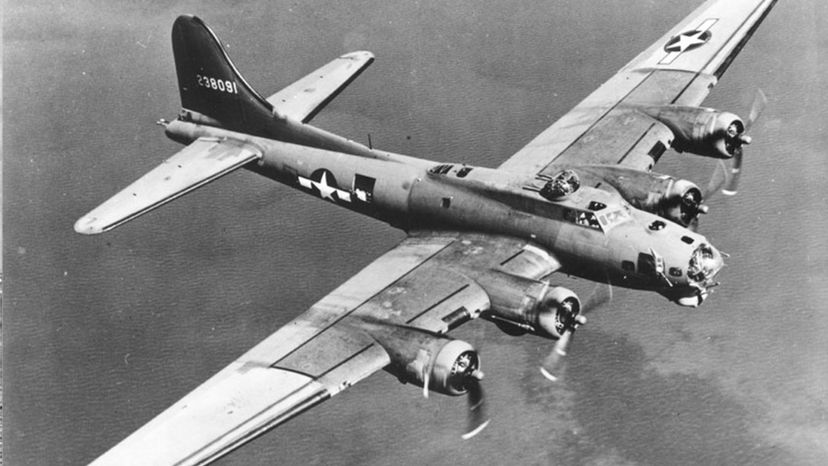
Advertisement
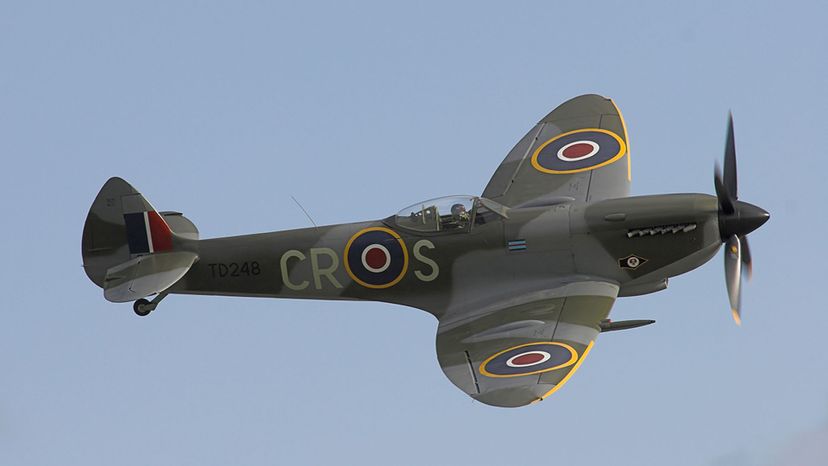
Advertisement

Advertisement
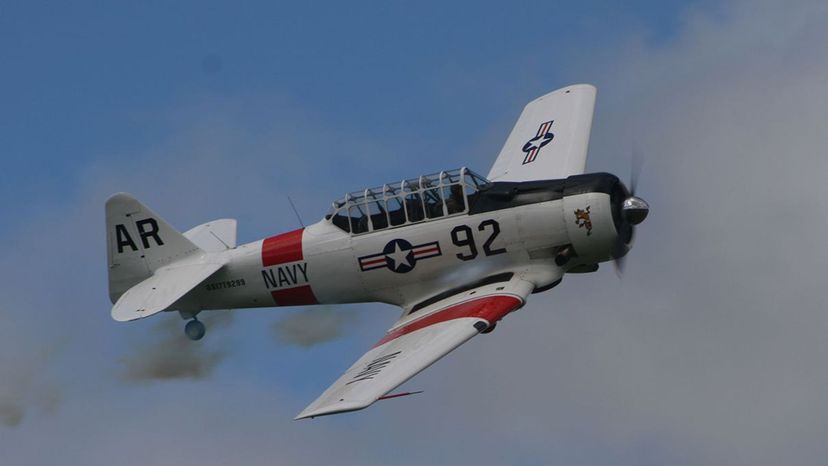
Advertisement
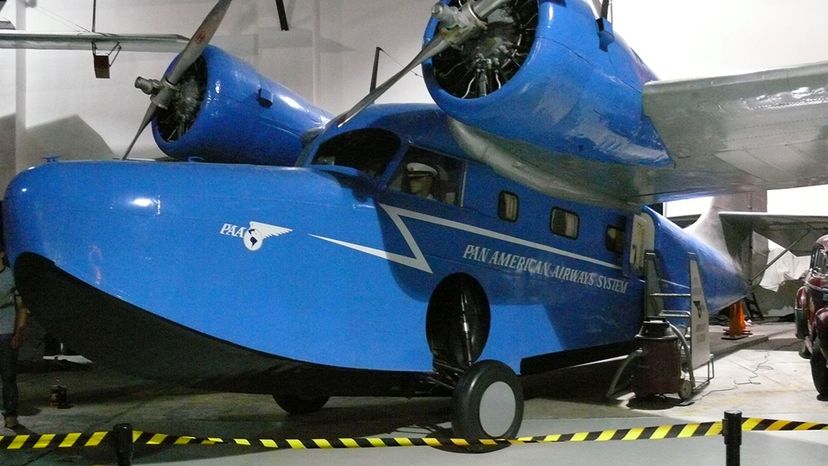
Advertisement
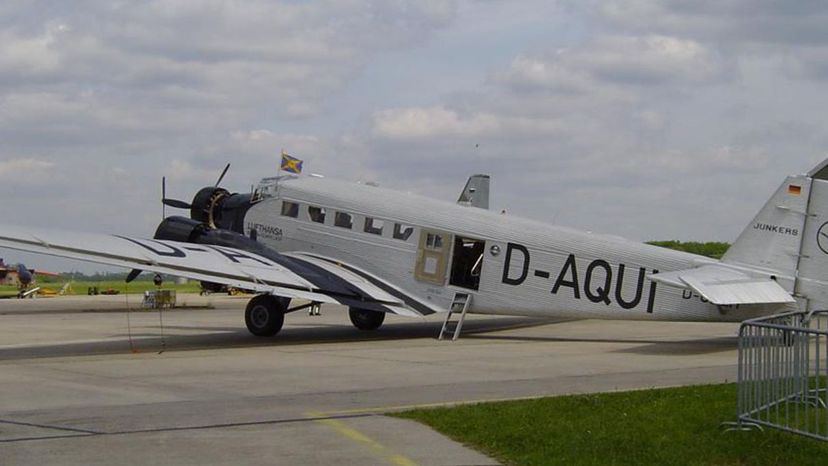
Advertisement
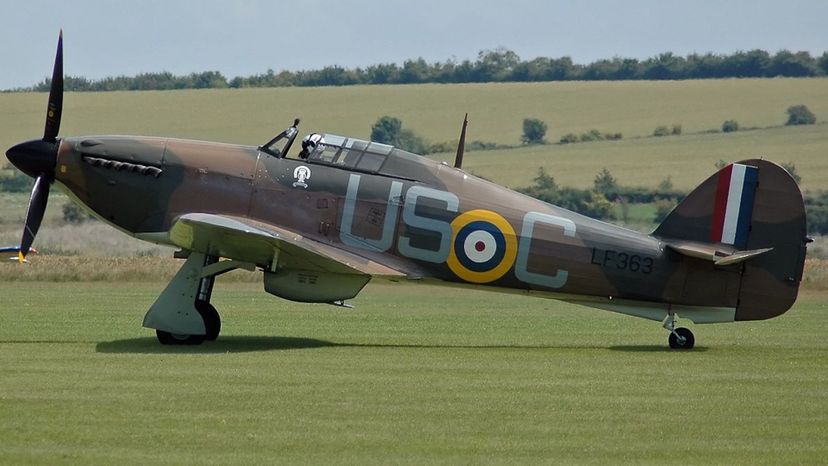
Advertisement
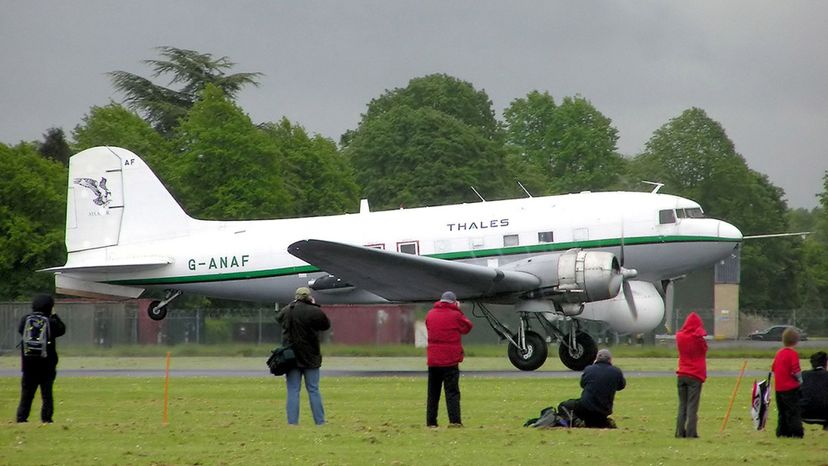
Advertisement
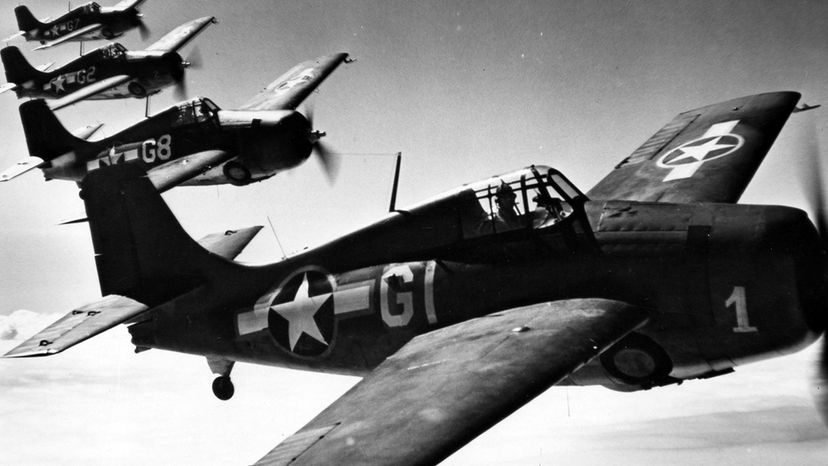
Advertisement
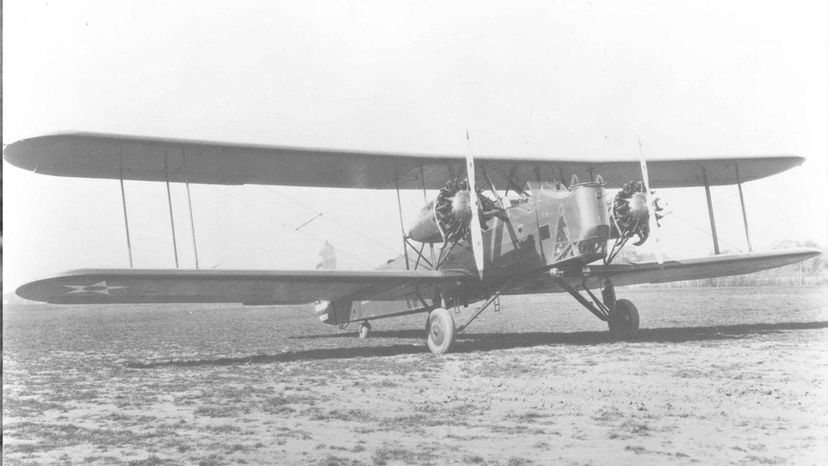
Advertisement
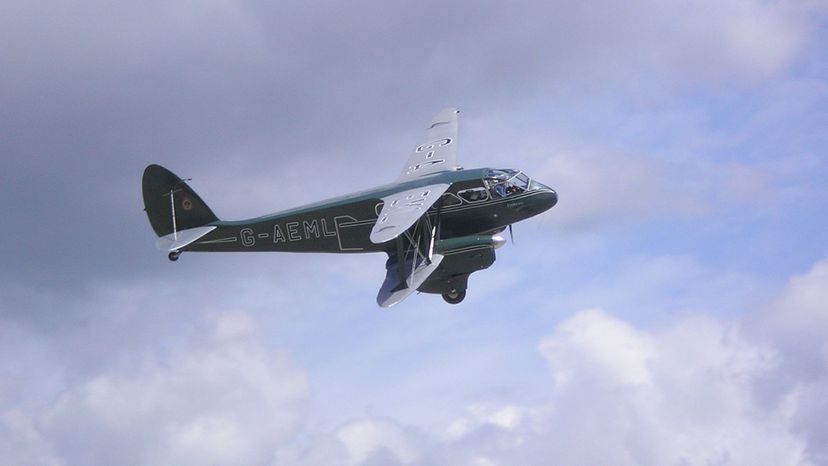
Advertisement
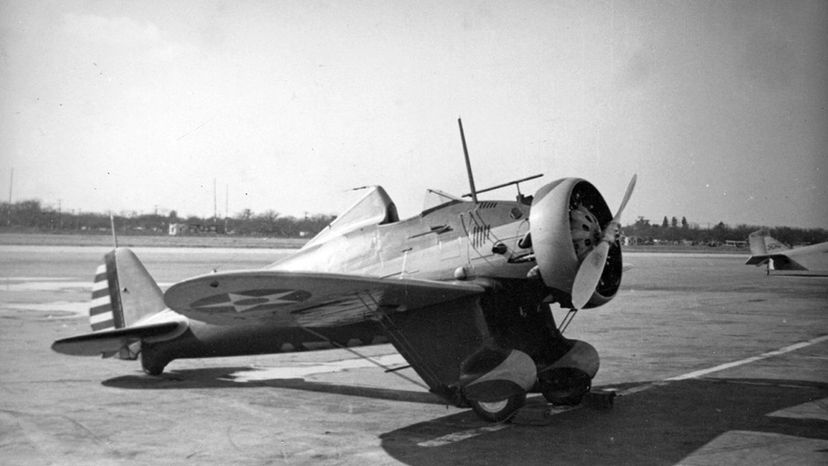
Advertisement
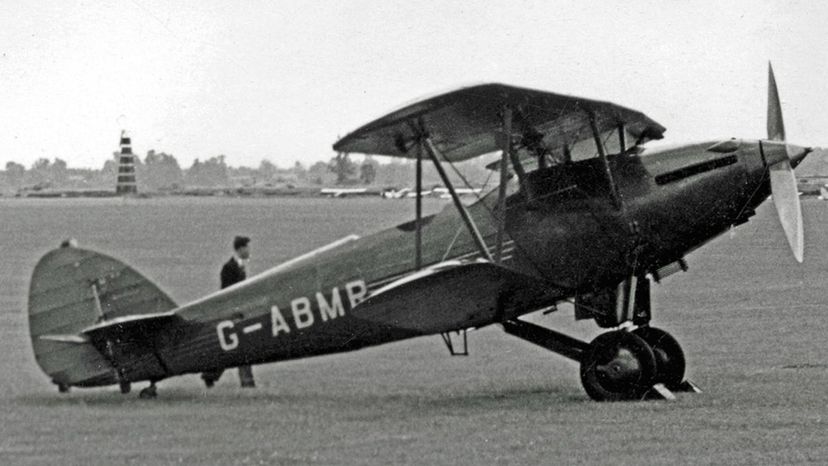
Advertisement
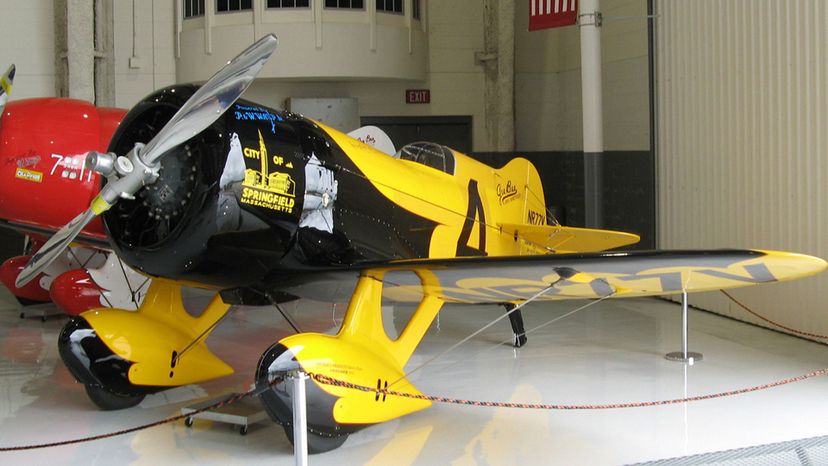
Advertisement
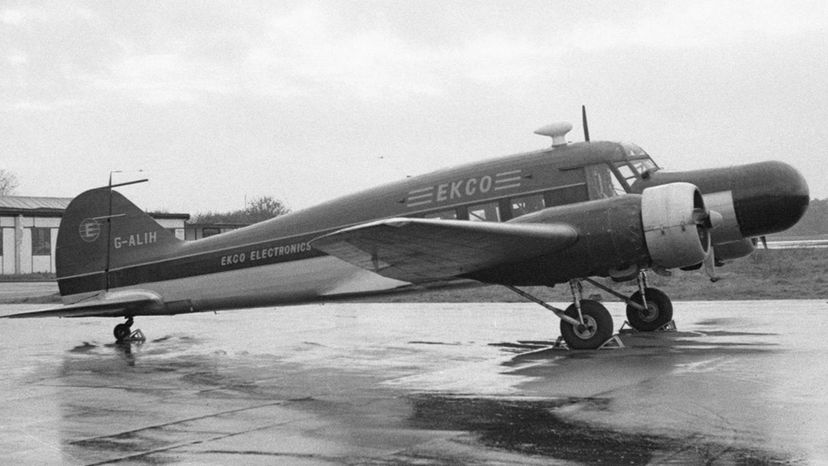
Advertisement
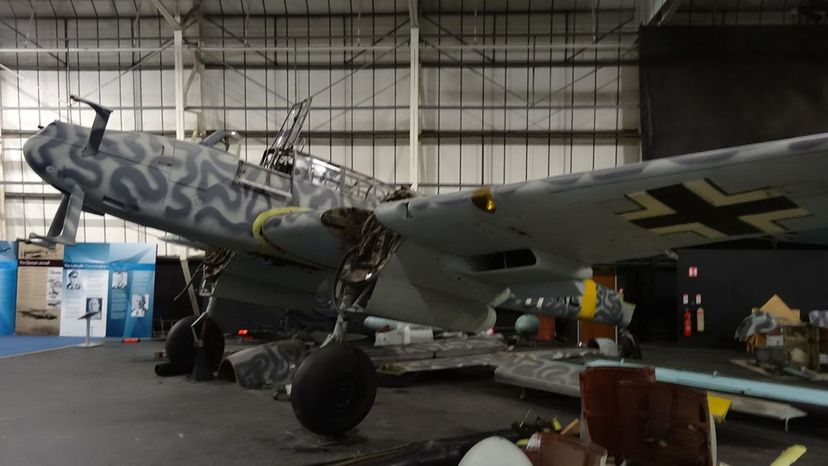
Advertisement
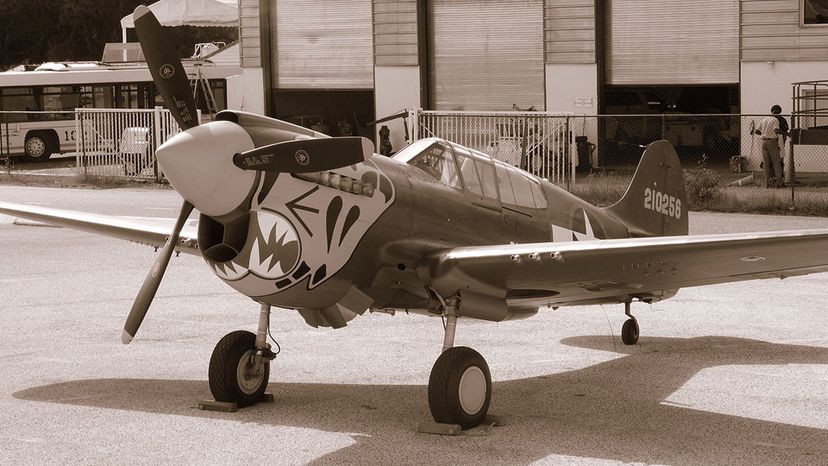
Advertisement
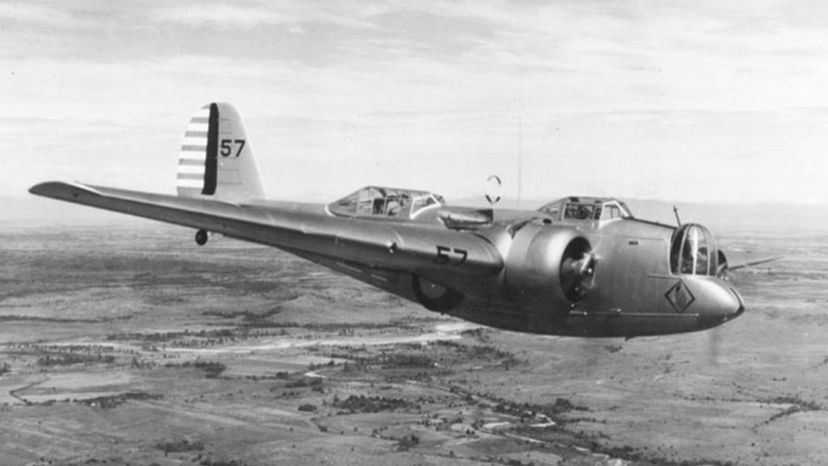
Advertisement
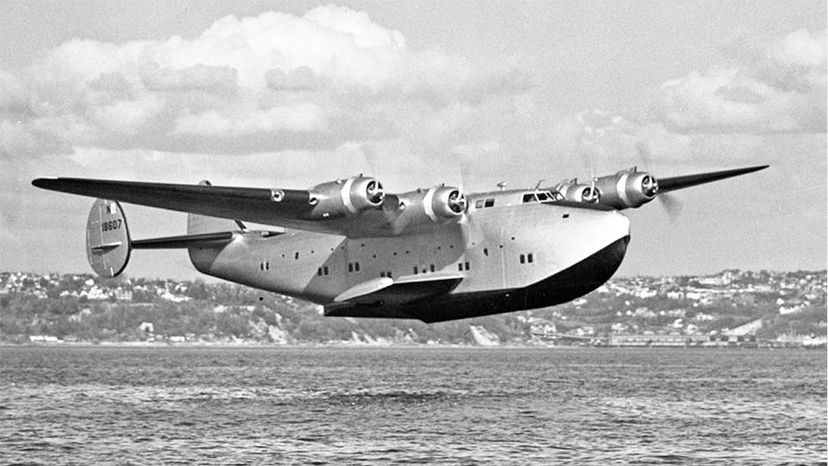
Advertisement
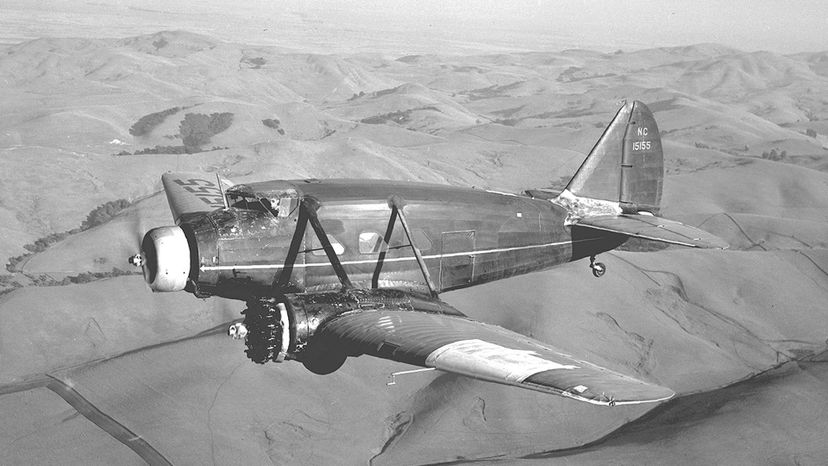
Advertisement
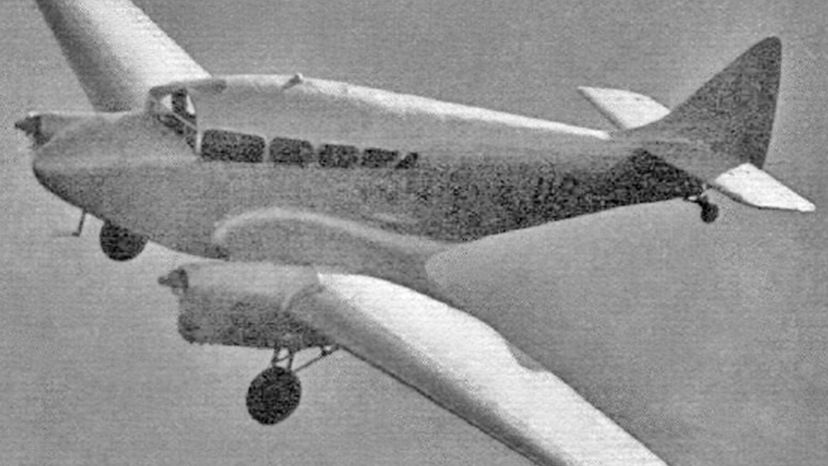
Advertisement
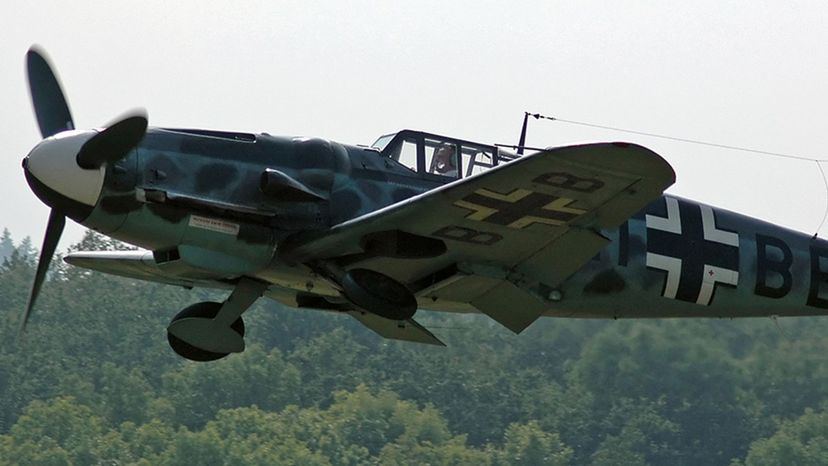
Advertisement
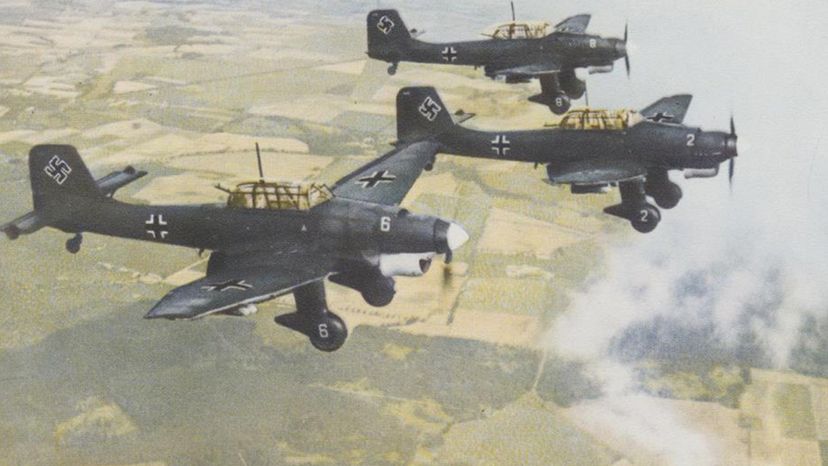
Advertisement
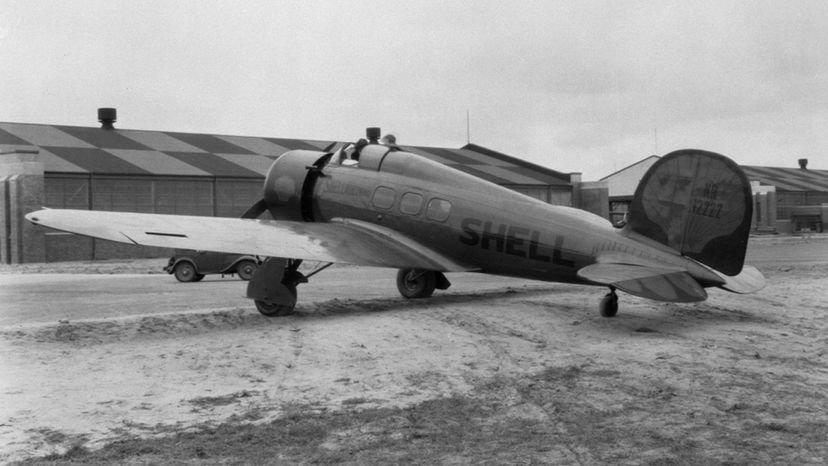
Advertisement
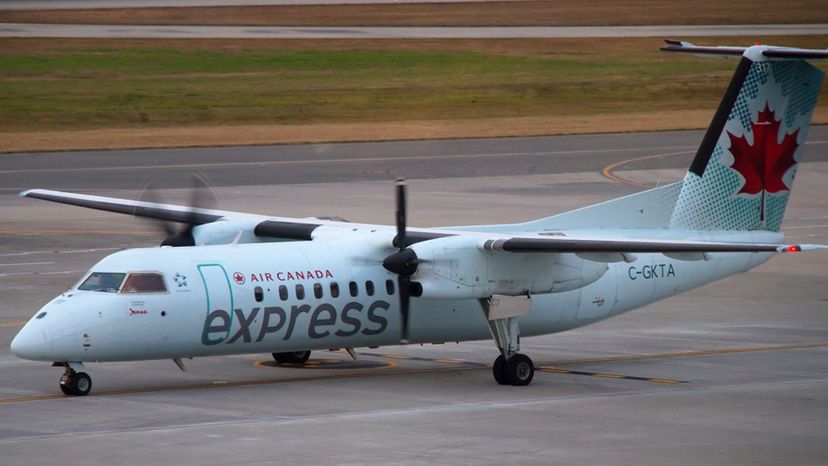
Advertisement
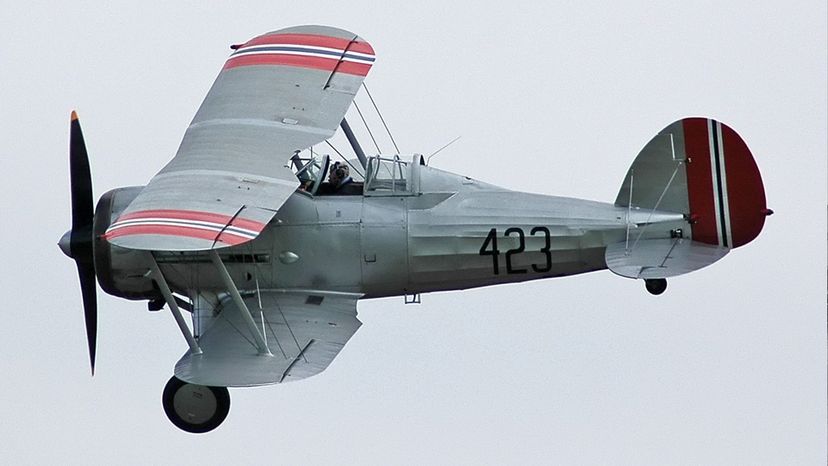
Advertisement
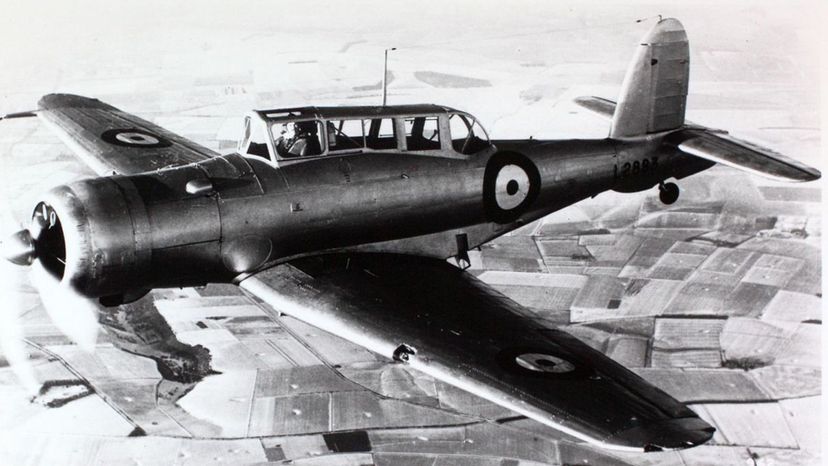
Advertisement
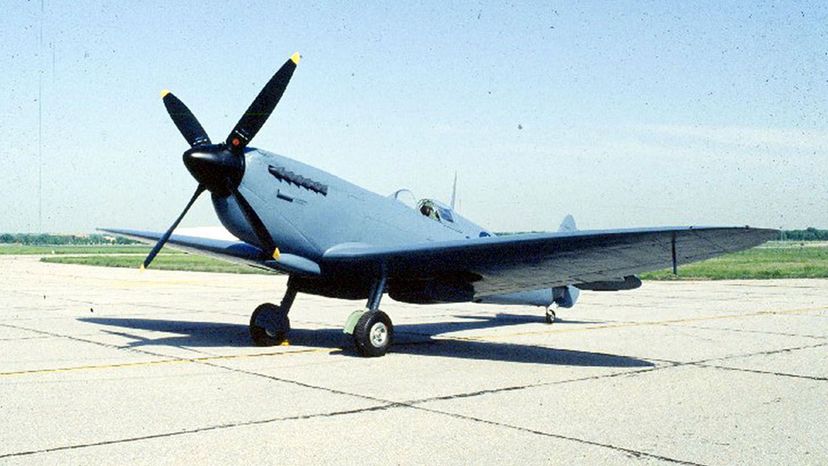
Advertisement
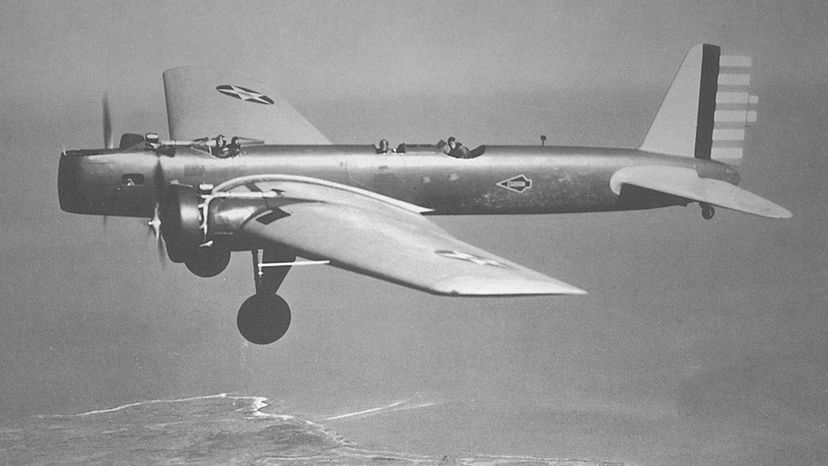
Advertisement
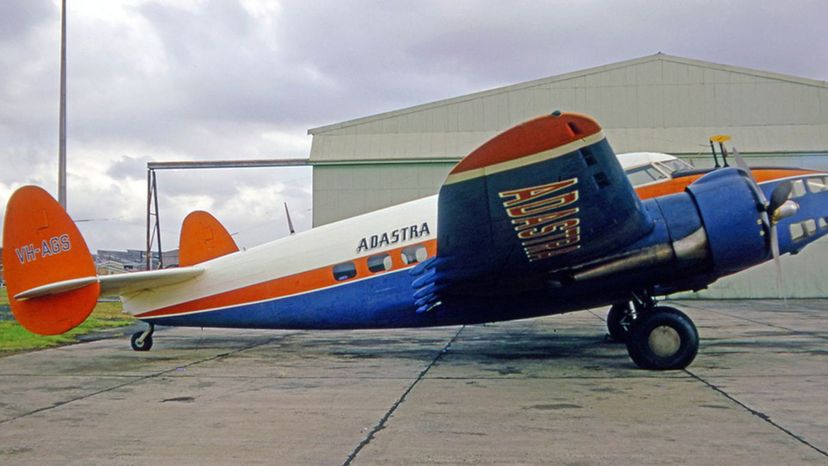
Advertisement
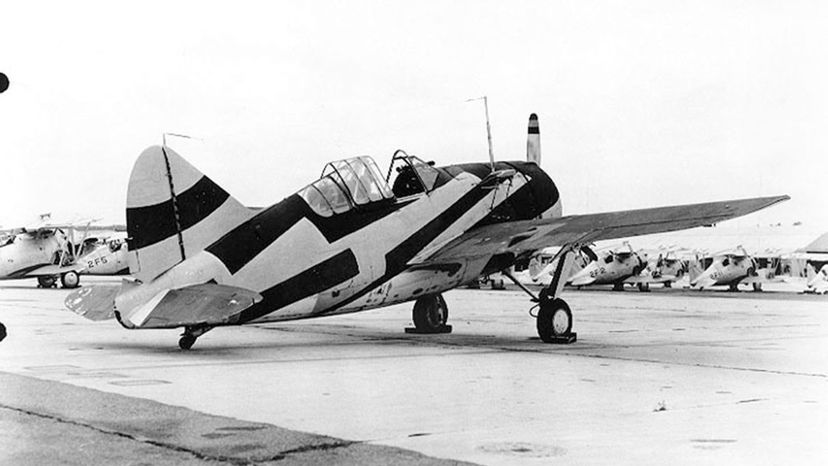
Advertisement
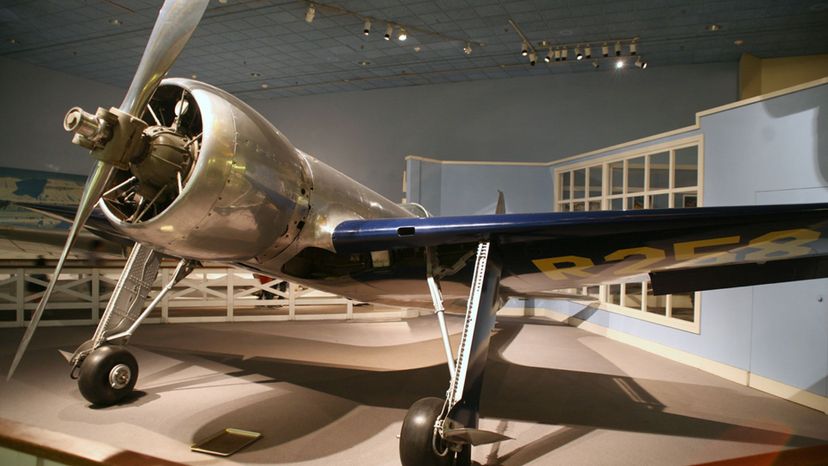
Advertisement
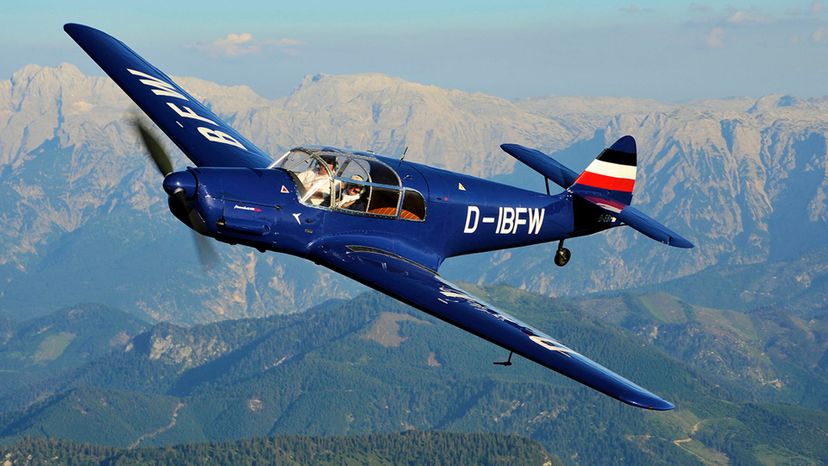
Advertisement

Advertisement
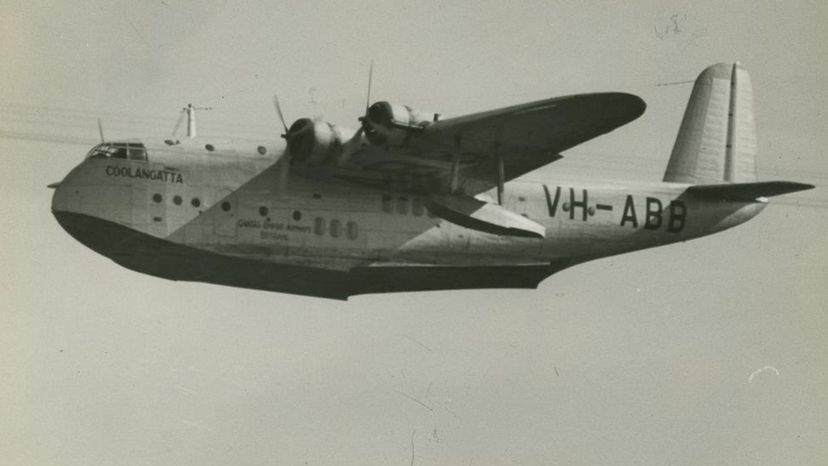
Advertisement
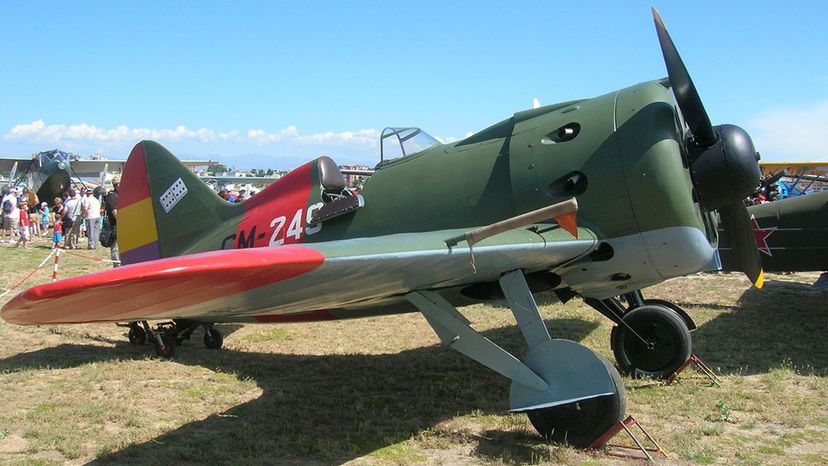
Advertisement
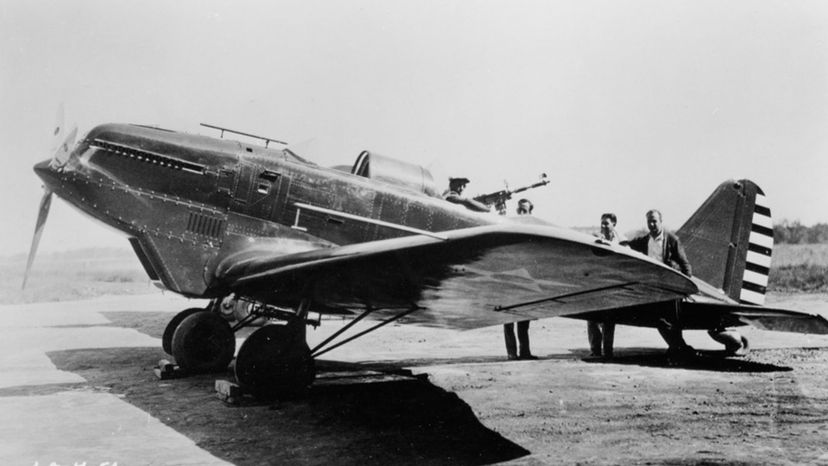
Advertisement

Advertisement
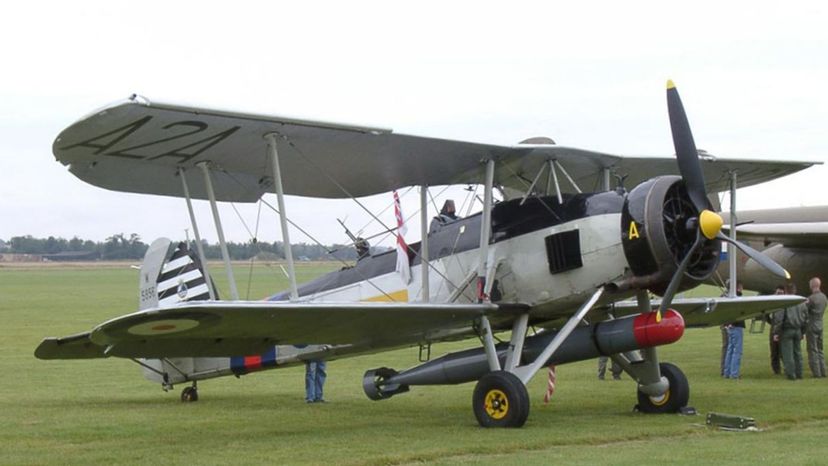
Advertisement
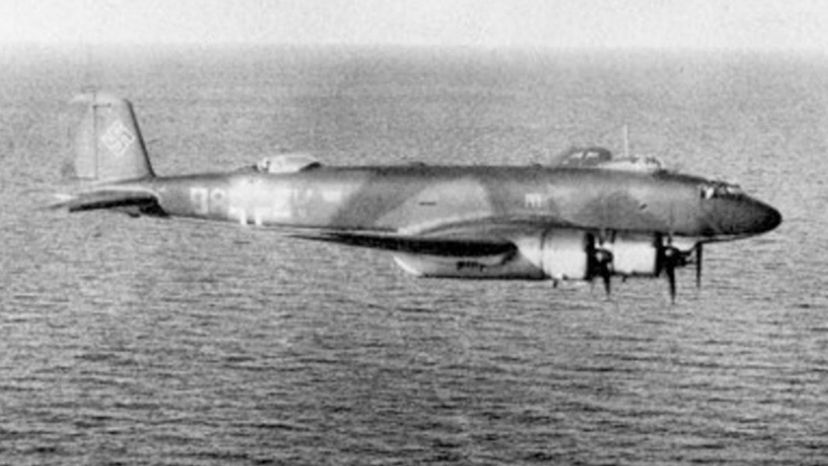
Advertisement